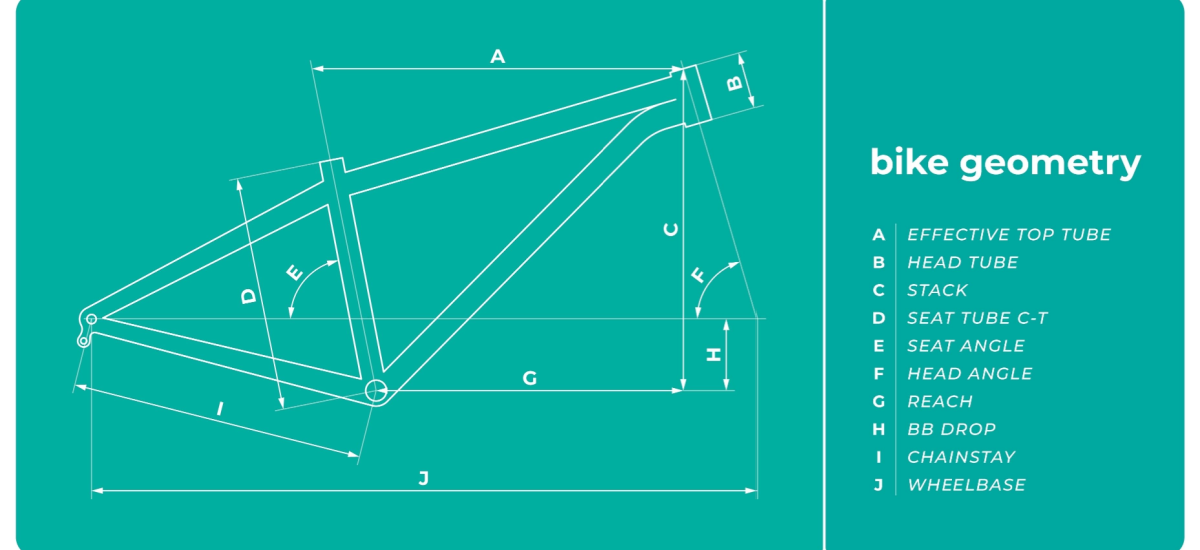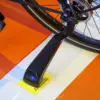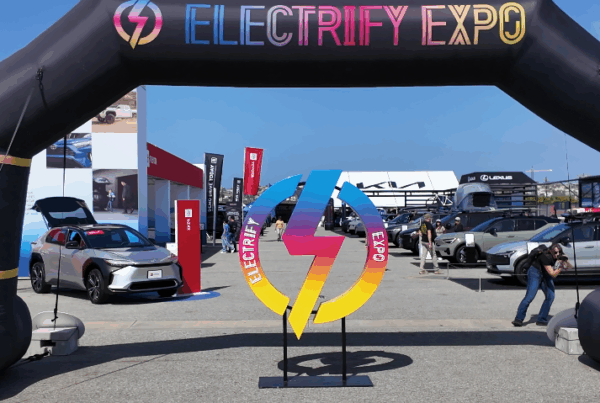Common E-Bike Geometry Terminology
The following list consists of the most common terms used to describe the geometry of e-bikes and descriptions for each. Riders of more specialized types of bikes (i.e. racing bikes or enduro mountain bikes) may concern themselves with a variety of other, more specific elements of geometry. For the average leisure e-biker, however, the following basics should assist in analyzing the geometry charts shown on the websites of many of the e-bike brands we have worked with.
Some of the descriptions below reference specific parts of the frame; we have included a reference image above that identifies the major elements of bike frame anatomy.
Effective Top Tube Length
Different from the actual length of the top tube which may be angled, the effective top tube length is a horizontal measurement from the center of the seat tube to the intersection of the top and head tubes. This measurement can be used to indicate size of the frame as well as its feel.
Riders will feel more stretched out on bikes with longer top tubes and more compact on those with shorter top tubes.
Reach
Reach is the horizontal measurement from the center of the bottom bracket to the center of the top of the head tube. Like the effective top tube length, it can be used to interpret the size of the frame and how stretched out the rider will feel, though actual rider position and comfort can be adjusted at the stem, saddle, etc.
Bikes with shorter reach will generally feel more compact, while those with increased reach feel longer and more suited to performance-oriented types of cycling.
Stack
Related to reach, stack indicates the vertical distance from the center of the bottom bracket to the center of the top of the head tube. This measurement can help to determine the lowest possible height of the handlebars with no spacers.
Bikes with lower stack will typically have a more aggressive forward-leaning riding position, while those with a higher stack will be more upright and comfortable.
Standover Height
Standover Height is the vertical distance from the ground to the center of the top tube. This measurement primarily affects fit; riders should have a minimum of 1-2 inches of clearance when standing over the top tube to allow for comfortable dismounting.
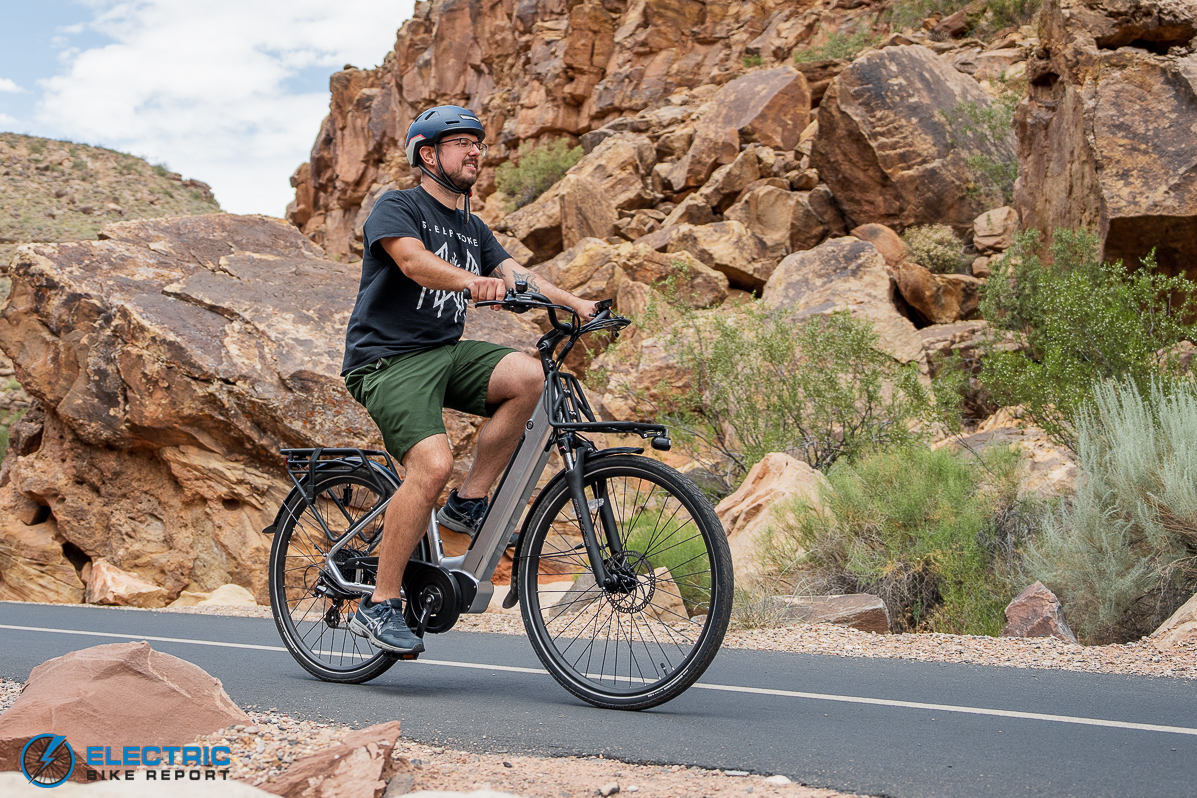

City cruisers like the iGO Core Elite 3HD prioritize comfort with an upright riding position.
Seat Tube Length
Seat tube length is the distance from the center of the bottom bracket to the top of the seat tube, measured along the length of the tube itself. Historically, this was used to differentiate the frame sizes of a bike, but is no longer considered accurate due to the variations between different types of bikes and even those of the same types between different brands.
In terms of fit, this distance can indicate the lowest possible saddle height (with the highest being determined in combination with seatpost length). When factoring in stack, seat tube length can also inform the standover height.
Seat Tube Angle
Measured from the back side of the seat tube relative to the horizontal line of the ground, seat tube angle indicates how leaned-back the seat tube is, and as such, how the rider’s weight is positioned. It is commonly between 71 and 76 degrees.
This angle can be described as slack (a smaller angle with more lean) or steep (a larger angle that is more straight). A steep seat tube makes for easier climbing with more weight shifted to the front wheel. A slack seat tube shifts weight to the back and can make the rider feel more stretched out.
It’s important to note that the effective seat tube angle can be adjusted by changing the setback of the saddle (its adjustable forward-backward position).
Head Tube Length
The head tube length is simply an end-to-end measurement of the head tube, which can be an indicator of the bike’s positioning when the fork length and wheel size(s) are also taken into account.
On two bikes with the same fork length and wheels, one with a shorter head tube would have a lower, more aerodynamic riding position more suited to racing. One with a longer head tube would have a more upright position suited for casual rides.
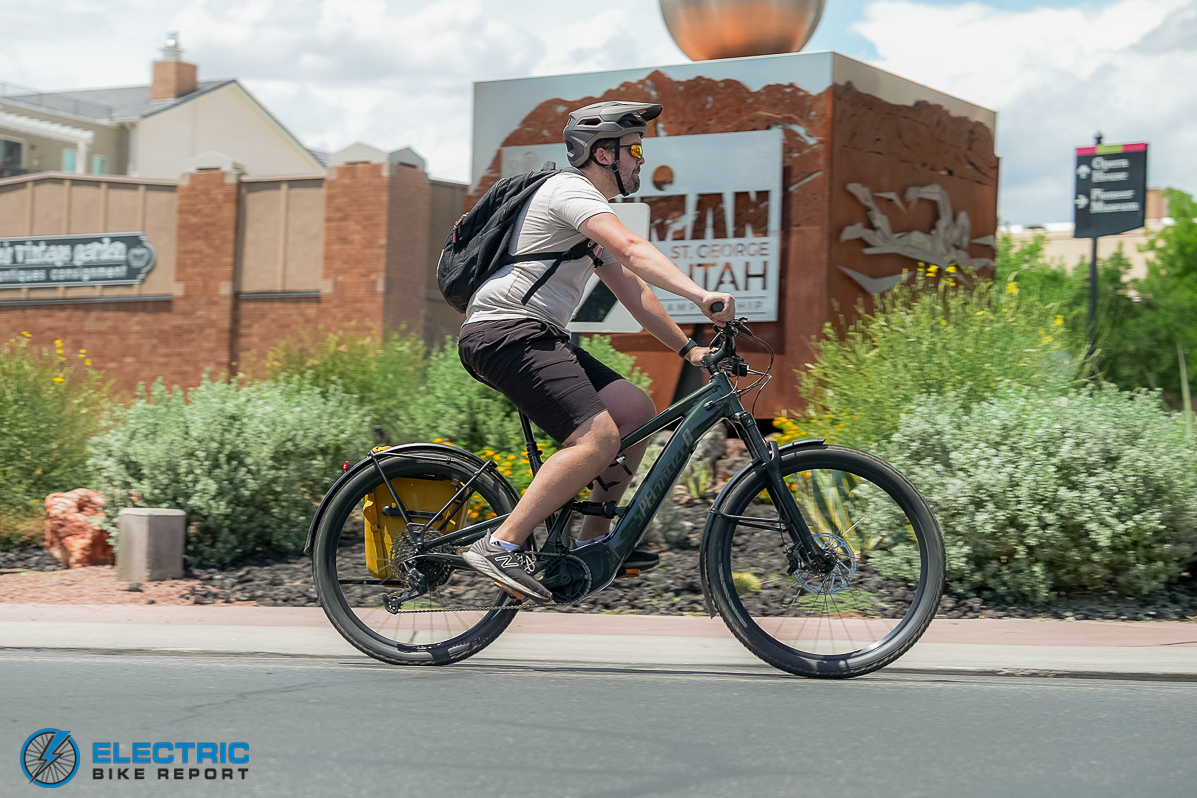

Hybrid commuter/eMTBs like the Specialized Turbo Tero X 5.0 feature a moderate forward-leaning position.
Head Tube Angle
Like the seat tube angle, the head tube angle is measured relative to the ground, toward the rear of the bike. It is often between 72 and 65 degrees, and can also be described as slack or steep. Head tube angle affects the bike’s steering.
Bikes with a steeper (larger angle) head tube have more responsive handling and often feel nimble and agile. Those with a slack (smaller angle) head tube can require more effort to steer but are also more stable at speed.
Chainstay Length
Measured from the center of the bottom bracket to the center of the rear wheel dropouts, chainstay length can affect handling by determining the weight distribution of the rider as well as the wheelbase (see below). Note that bikes with larger wheels need longer chainstays.
Bikes with shorter chainstays tend to have more responsive and nimble handling, while those with longer chainstays sacrifice some agility to feel more stable.
Wheelbase
A bike’s wheelbase is the distance between its wheel dropouts or axles, and has a large influence on its handling.
On bikes with longer wheelbases, going over bumps or hitting the brakes shifts the rider’s weight less, so they feel more stable. Those with shorter wheelbases can feel less stable but are far more maneuverable and responsive to steer.
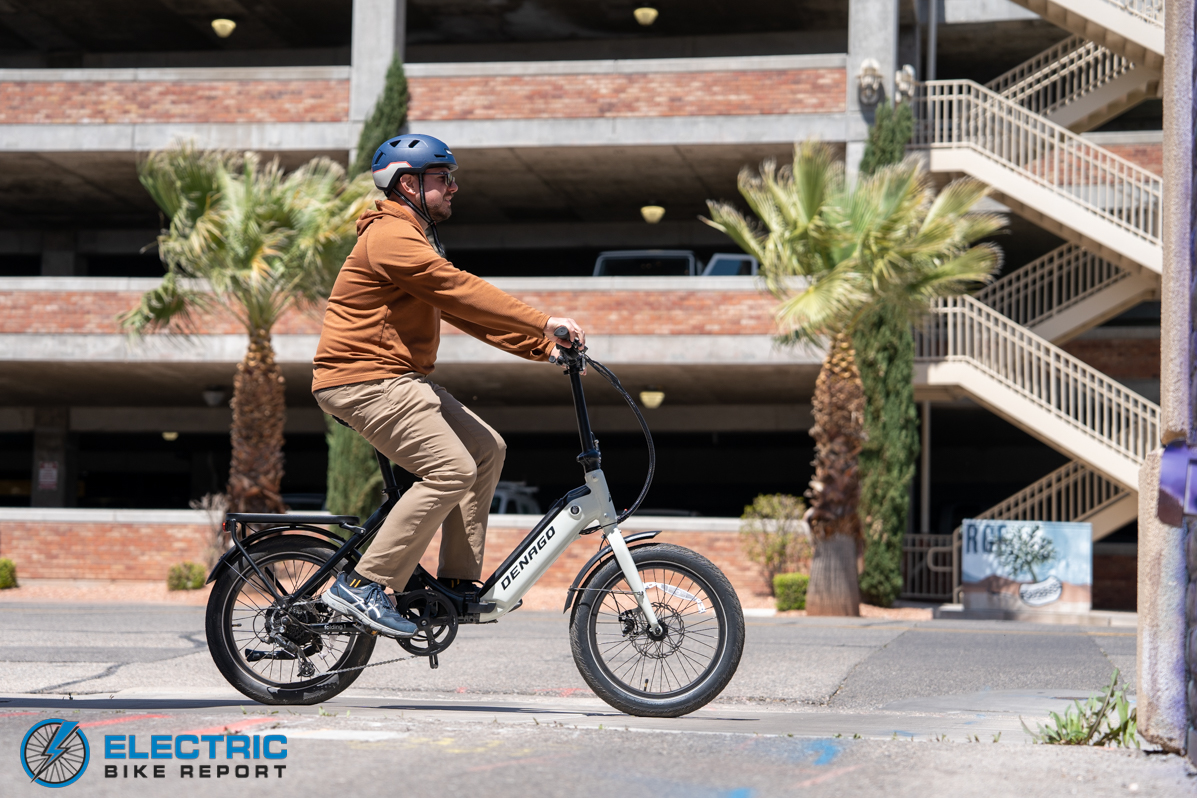

Some folding e-bikes like the Denago Folding Model 1 have an upright riding position with relatively long reach.
.
.
.
#Bike #Geometry #Guide #Basics #Rider #Positioning #Electric #Bike #Report
Source link

